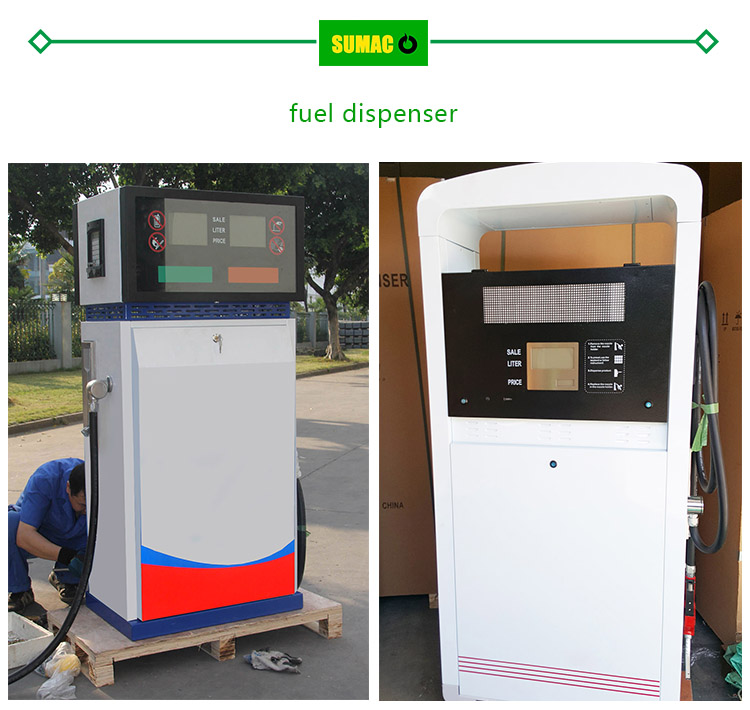Explosion-proof design is crucial for fuel cube tanks to prevent catastrophic accidents caused by the ignition of flammable fuel vapors. Several key aspects must be considered to ensure safety.
Material Selection is the first line of defense. Tanks are typically constructed from high-strength materials like steel or aluminum alloys. These materials can withstand internal pressure surges without rupturing, preventing fuel leakage that could lead to explosions. Additionally, non-sparking materials are used for components in contact with the fuel, reducing the risk of ignition from friction or impact.
Ventilation and Pressure Relief systems play a vital role. Proper ventilation prevents the accumulation of explosive fuel-air mixtures by expelling vapors. Pressure relief valves are installed to release excessive internal pressure promptly, avoiding over-pressurization that might cause tank rupture and subsequent ignition.
Electrical and Electronic Components inside or near the tank are designed to be explosion-proof. This includes using intrinsically safe devices, which are engineered to prevent the generation of electrical sparks capable of igniting fuel vapors. All wiring is carefully insulated and grounded to eliminate the risk of electrical malfunctions.
Fire Protection measures are also essential. Fire suppression systems, such as sprinklers or foam extinguishers, are integrated into the design. They can quickly respond to any signs of fire, preventing it from spreading and triggering an explosion.
Sealing and Leak Detection ensure that fuel vapors do not escape. Tight seals on all joints and openings prevent leaks, and advanced leak detection systems continuously monitor for any signs of fuel or vapor escape, allowing for immediate corrective action. By focusing on these key points, fuel cube tanks can achieve reliable explosion-proof performance.


